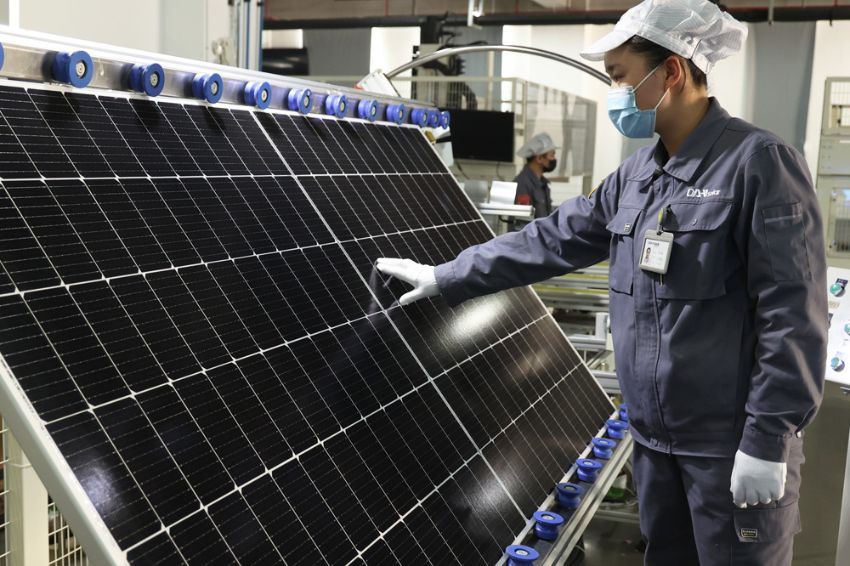The company's 1.04 MW solar plant Zhongyi Electric Power, a manufacturer of electrical and electronic devices located in China, obtained aincrease in energy generation by 8.2% with the use of full-screen modules from the DAH Solar.
“The plant was successfully connected to the grid, which constitutes a milestone for the company, as they will use clean energy for your production activities. This could save electricity expenses for the company to contribute to 'Carbon Peaking' and 'Carbon Neutrality'”, highlighted DAH in a note.
Currently, Zhongyi Electric Power has two factories covering a total roof area of nearly 70,000 m², and the annual energy expenditure is about 200 thousand euros.
“The photovoltaic plant with full-screen panels can provide 1.2 million kWh of energy per year, effectively uses solar resources on the roof and can power its own production activity”, they highlighted.
Comparative
In order to allow customers to compare the power output of full-screen and regular panels in an accurate perspective, modules were selected in the same version (182mm/72 pieces), in the same power (540W), in the same quantity and in the same inverter (100 kW).
According to data from the center in October, the plant with full-screen panels generated more than 70,000 kWh in just 21 days. With the continued accumulation of dust at the bottom of the regular modules, the differences in power generation between these two stations are expected to be even greater.
According to DAH Solar, the reason why the full-screen module can have an increase in power generation is mainly due to the unique structural design. The front of the plate has no visible frame, which prevents dirt accumulation and reduces the risk of hot spots, improves water drainage capacity and reduces electricity loss.

















